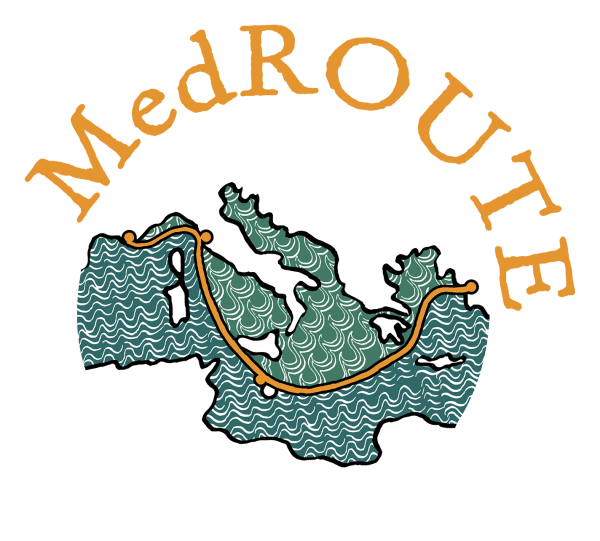Historians have largely employed sociolinguistic tools, firstly approaching the analysis of language through the structuralist reflection that, in Barthes’ formulation, ‘would argue that the language system of a given culture, like its culinary system, its vestimentary system […] and other systems of signs, reflects the whole culture’ (Burke 1987)
Linguistic structuralism – first theorized by De Saussure – and Chomskyan formalism provided the idea that language is something that exists independently of its speakers, an approach called into question by more recent sociolinguistic theories that focus on the speaker’s agency and on the non-neutrality and abstractness of language. Language is not an ‘instrument separable from its speakers, insofar as it is strictly connected to ideologies and power relationships’ (Consani and Cuzzolin 2017) Thus, it is crucial to acquire an acute awareness of who speaks what language to whom and when. The English cultural historian Peter Burke underlined that language is variety, style and, when approaching the study of language usage, it is important to highlight that: 1. Different social groups use different varieties of languages; 2. The same people use different varieties of the same language in different situations; 3. Language reflects the speakers’ society; 4. Language is a shaper of the speakers’ society.
In the language contact case, that is our case, the varieties of linguistic choices, code-switching and the identitarian use of language should be carefully evaluated, especially in a historical inquiry, where we are considerably limited by having lost access to the oral forms of communication. The Mediterranean contact zone has been defined, linguistically, in terms of a ‘community of practice’, rather than a language community. A community of practice is defined by individuals that do not share any common cultural background, using writing and speaking codes without attributing any specific and common symbolic meaning to them (Wenger 1998). The community of practice is characterized by an instrumental use of the language, that is mainly oriented towards an effective communication between non-homogeneous speakers. In a historical context, Eric Dursteler has argued that, especially in ethnically composite empires, the use of language was not only linked to an expression of the speaker’s identity but also to their communication needs. In this sense, ‘language was a marker of identity but not of exclusion of other elements’ (Dursteler 2012). Nevertheless, it is crucial to underline two key issues in this discourse. The first is that not all the Mediterranean can be treated as a community of practice and, secondly, not all the city dwellers can be equally considered as members of such a community. In fact, the Mediterranean space is not equally connected and many areas are more isolated than others. From this perspective, being part of a polyglot empire did not automatically grant interlinguistic skills.
Professor Penelope Gardner-Chloros on code-switching
As for city dwellers, the capacity to switch between languages should also be connected to other factors, such as social class and gender. For us, what is crucial in determining the identitarian use of language is the speaker’s decision to use a specific code, through which he/she decides to identify him/herself and allows others to culturally classify him/her. This is the case for culturally-motivated code-switching, that is
identity oriented. Language and script selection lets the reader perceive the cultural relevance of the specific choice and understand secondary and extra-textual symbolic meanings.Barbara Turchetta, ‘The Writer’s Identity and Identification Markers in Writing Code Mixing and Interference’, 2012
This was true for Mihale/Catterina Šatorović, who had appealed to the
Venetian state authority to escape an arranged marriage decided by her
father. Reencountering him in Venice in 1627, more than five years after
she had fled home, she was keen to speak to him only in Italian through
an interpreter rather than in Turkish or Slavic and ‘using language to
demarcate the boundary between the two of them’ (Dursteler 2011). Only
after several encounters did she decide to re-establish a sense of
familiarity by asking him, in Slavic, ‘Father, do you love me?’, an
extraordinary and touching example of culturally-motivated
code-switching.
Note: If you would like to explore the theme of code-switching, you can look at fascinating work of Penelope Gardner-Chloros, Professor at the Department of Applied Linguistic at Birkbeck College, London.
http://www.bbk.ac.uk/linguistics/our-staff/associated-staff/penelope-gardner-chloros


 Medroute is funded by the European Union (Grant n. XXXXXXXXX) through Marie Curie Action.
Medroute is funded by the European Union (Grant n. XXXXXXXXX) through Marie Curie Action.